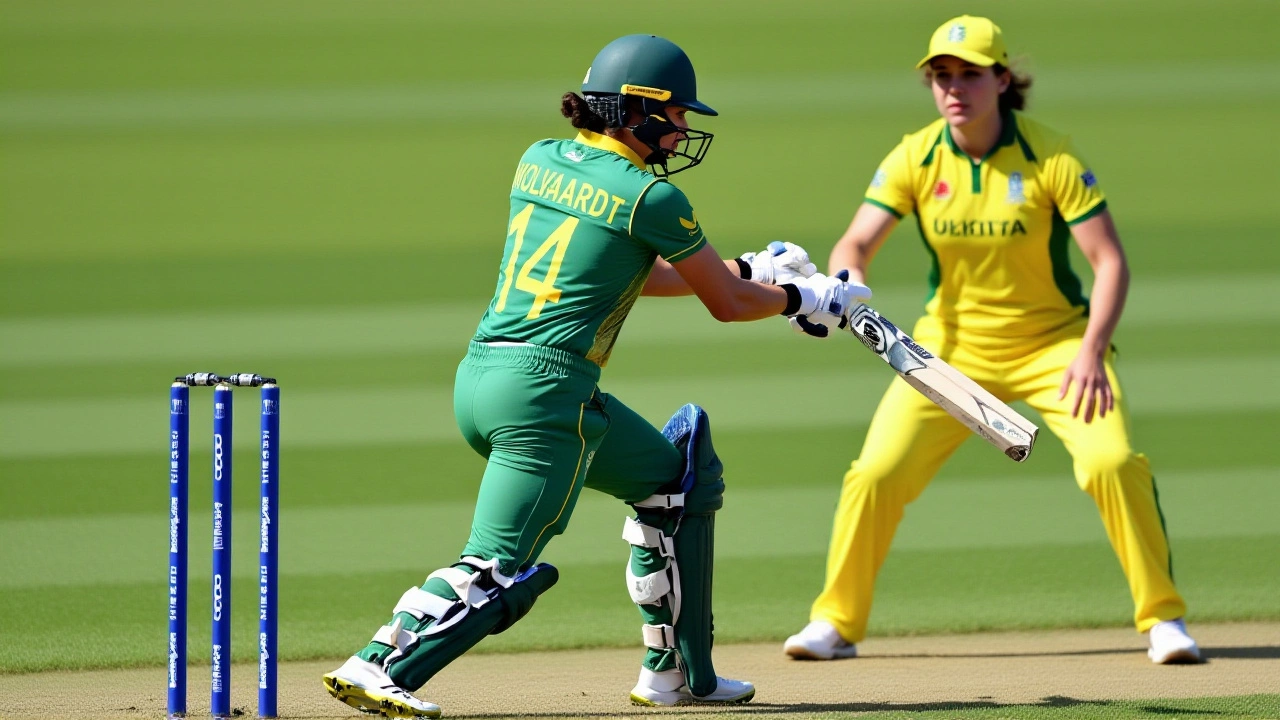ICC Women's Cricket World Cup 2025 – What’s Coming
When you hear ICC Women's Cricket World Cup 2025, the premier international competition that brings together the best women's national teams for a showcase of skill and spirit, you instantly think of high‑octane cricket, emerging talent, and a stage that can shift the future of the sport. Also known as women's cricket, the fast‑growing branch of cricket that now commands global audiences and major sponsorships, the tournament is a direct product of the International Cricket Council (ICC), the governing body that sets rules, schedules events, and drives development programs worldwide. These three entities interlock: the ICC creates the framework, women’s cricket provides the talent pool, and the World Cup delivers the spectacle.
One key semantic link is that the ICC Women's Cricket World Cup 2025 encompasses a multi‑phase tournament format, blending round‑robin group stages with knockout rounds. It requires host nations to offer world‑class venues, broadcast infrastructure, and security that matches the scale of men's events. In turn, the format influences the preparation strategies of teams, pushing them to balance aggression with consistency. Another important connection is that the rise of women’s cricket drives policy changes within the ICC, leading to more prize money, better travel conditions, and expanded grassroots programs.
How Sport Activism Shapes the 2025 Edition
Cricket has never been just a game; it’s a platform for voices seeking change. Recent history shows that players like Rohit Paudel and Henry Olonga used the sport to protest political issues, proving that cricket can amplify social messages. This tradition of sports activism, the use of athletic events to highlight societal concerns and demand reform will likely echo in the 2025 women's tournament. Activism can shape fan engagement, attract new sponsors committed to equity, and even influence the ICC’s rule‑making. Expect teams to wear symbols, make statements in press conferences, and rally fans around broader causes.
The tournament’s schedule also matters. With matches slated across several Indian venues, the event will boost local economies and showcase India’s capacity to host large‑scale women's sport. Venue selection ties back to the ICC’s commitment to geographic diversity, ensuring that fans from different regions experience live cricket. This geographical spread requires robust logistics, which in turn creates opportunities for emerging cricket markets to shine.
From a player perspective, the World Cup offers a career watershed. Young talents who shine can secure contracts in domestic leagues like the Women's T20 Challenge, mirroring the men's IPL pathways. The tournament also serves as a scouting ground for franchises seeking fresh faces, linking back to the broader ecosystem of professional cricket. In this way, the World Cup enables personal growth while feeding the talent pipeline that sustains women’s cricket worldwide.
Fans will notice a shift in media coverage too. Broadcast partners are investing in high‑definition streams, interactive stats, and behind‑the‑scenes stories that highlight player journeys. This media push enhances audience understanding of technical nuances, such as spin variations and power‑hitting techniques unique to the women's game. As viewers become more informed, their loyalty deepens, feeding back into sponsor interest and ICC revenue.
All these pieces—governance, format, activism, venue strategy, player development, and media—fit together to make the ICC Women’s Cricket World Cup 2025 more than a tournament; it’s a catalyst for change. Below you’ll find a curated collection of articles that dive deeper into each of these dimensions, from the role of protest in cricket to how the tournament’s structure will affect team tactics. Let’s explore the insights that will help you follow the competition with confidence and excitement.
South Africa Women’s Cricket Team Finalises World Cup Build‑Up After Pakistan Sweep
South Africa Women’s cricket team finishes a dominant ODI series win over Pakistan in Colombo, bolstering confidence ahead of the ICC Women’s World Cup 2025.
